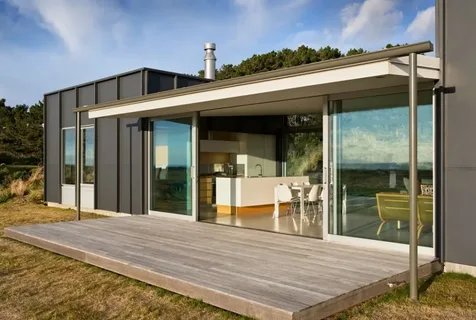Introduction to Prefab Homes
Prefab homes, short for prefabricated homes, have become increasingly popular as an affordable and efficient alternative to traditional housing. These homes are built in sections, or modules, in a factory setting and then transported to the construction site for assembly. This method offers several advantages, including reduced construction time and lower costs. However, the cost of prefab homes can vary significantly depending on several factors. This article explores the various aspects that influence the cost of prefab homes, helping potential homeowners make informed decisions.
Factors Influencing the Cost of Prefab Homes
Several factors contribute to the overall cost of a prefab home. The most significant is the size and design of the home. Larger homes with complex designs will naturally cost more than smaller, simpler models. The quality of materials used in construction also plays a crucial role; premium materials will increase the cost but may offer better durability and aesthetics. Additionally, the location of the building site can affect costs, particularly if the site is difficult to access or requires significant preparation. Other factors include customization options, the manufacturer’s reputation, and the cost of transportation and assembly.
Comparing Prefab Homes to Traditional Homes
When comparing the cost of prefab homes to traditional homes, it’s essential to consider both the upfront costs and the long-term financial implications. Prefab homes generally have lower upfront costs due to the efficiency of factory construction and reduced labor requirements. However, traditional homes may offer more customization options and potential for appreciation in value. On the other hand, prefab homes can provide better energy efficiency, leading to lower utility bills over time. Homebuyers should weigh these factors to determine which option offers the best value for their specific needs and circumstances.
Cost Breakdown: What to Expect When Budgeting for a Prefab Home
When budgeting for a prefab home, it’s important to consider both the base price and additional costs. The base price typically covers the manufacturing of the modules and may range from $50,000 to $300,000, depending on the size and design. Additional costs include land purchase, site preparation, transportation of modules, and assembly on-site. Other expenses may include permits, foundation work, and utility connections. Homebuyers should also budget for any desired customizations and interior finishes. By understanding these components, buyers can create a realistic budget and avoid unexpected expenses.prefab homes cost



